
1880 - 1930
Alexander Bogomazov

description
A Ukrainian artist, major representative and one of the leading theorists of the Ukrainian art avant-garde of the early 20th century. Alexander Bogomazov is usually accompanied by the epithet “Ukrainian Picasso”, but he interpreted his work as cubofuturism in the article “Painting and Elements”, paying much attention to the rhythmic component of the work.
Art critics characterize the world-class master as the most consistent of Cubo-Futurists, who most harmoniously combined the ideas of Italian Futurism with the stylistics of French Cubism and Orphism in his paintings. Moreover, it was he who theoretically substantiated the synthesis of these art movements.
Bogomazov was a prominent cultural activist who reformed the country’s system of art education. As a talented teacher, he taught for many years at various art schools, at the Institute of Plastic Arts (renamed in 1924 as the Kyiv Art Institute).
The name of Alexander Bogomazov was removed from the history of art for more than 30 years due to the intensified struggle against formalism. People’s attention to his “arrested” paintings resumed only in the 1960s. The canvases of the outstanding avant-garde artist are exhibited at European and American galleries and museums.
Key ideas:
– Starting with works in the style of pointillism and symbolism, A. Bogomazov became the artist who most organically combined the craving for speed dynamics and cubist technology. The energy embodied in the achievements of technological progress at the beginning of the 20th century became his harmonious visual system after he began to study the behaviour of line and form as the elements of painting, combined with rhythm and colour.
– It was Bogomazov who wrote the theoretical article “Painting and Elements” (1914), which became the manifesto of cubofuturism. It stated, “the independent value of the element of painting as the carrier of sensations of the Artist.” One of the elements was the Spectator.
– The artist, who noted in his manuscripts that “art is an endless rhythm, and the artist is its sensitive resonator”, paid great attention to the rhythm and pace of painting. In his opinion, they can be both a quantitative and qualitative characteristic of the work; at the same time, an attentive spectator will see that the world is “filled with the energy of movement” even in a static image.
– In his late period, the master addressed the problems of using colours and also proposed to introduce the term “spectralism” into the numerous “isms” of his time. This theory implied the use of a spectrally clean palette in painting, as the painting “Repairing Saws” demonstrates.
– There is one specialty of painting a big canvas: the artist previously drew graphic compositions with similar plots. They made up a significant and no less valuable part of Bogomazov’s creative legacy as they are not inferior to oil analogues in their artistic value (six drawings are stored in the New York Museum of Modern Art).
1880
1902
1905
1907
1908
1910
1913
1914
1915
1917
1919
1922
1927
1930
Alexander Bogomazov was born
Entered the Kyiv Art College
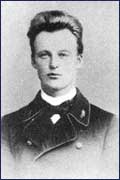
He was expelled from the Kyiv College

Studied at private Moscow workshops of Fedor Rerberg and Konstantin Yuon

Started attending lessons at the Kyiv Art School again

Worked at the newspaper “Kyiv thought”

“Ring”

He wrote the program treatise "Painting and Elements"
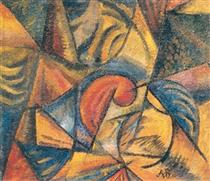
He moved to the Caucasus
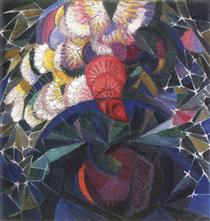
Returned to Ukraine

Became one of the founders of the First Artel of Artists

He was elected professor of easel painting at the Kyiv Institute of Plastic Arts
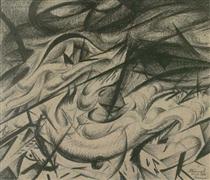
He developed a new approach to the use of colour
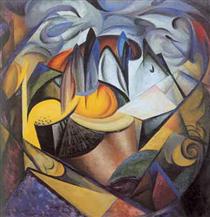
Alexander Bogomazov died of tuberculosis

Alexander Bogomazov
On Artist
flow
Spectralism
Cubofuturism
Symbolism
Pointillism
friends
Kazimir Malevich
Alexander Arkhipenko
Alexander Alexandrovich Murashko
Victor Nikandrovich Palmov
Alexander Veniaminovich Khvostenko-Khvostov
artists
Ivan Seleznev
Sergey Ivanovich Svetoslavsky
Konstantin Yuon
Mikhail Larionov
By Artist
flow
Cubofuturism
friends
Alexandra Exter
David Burliuk
Vladimir Tatlin
Wanda Monastery
artists
Vadim Meller
Vasily Ermilov
